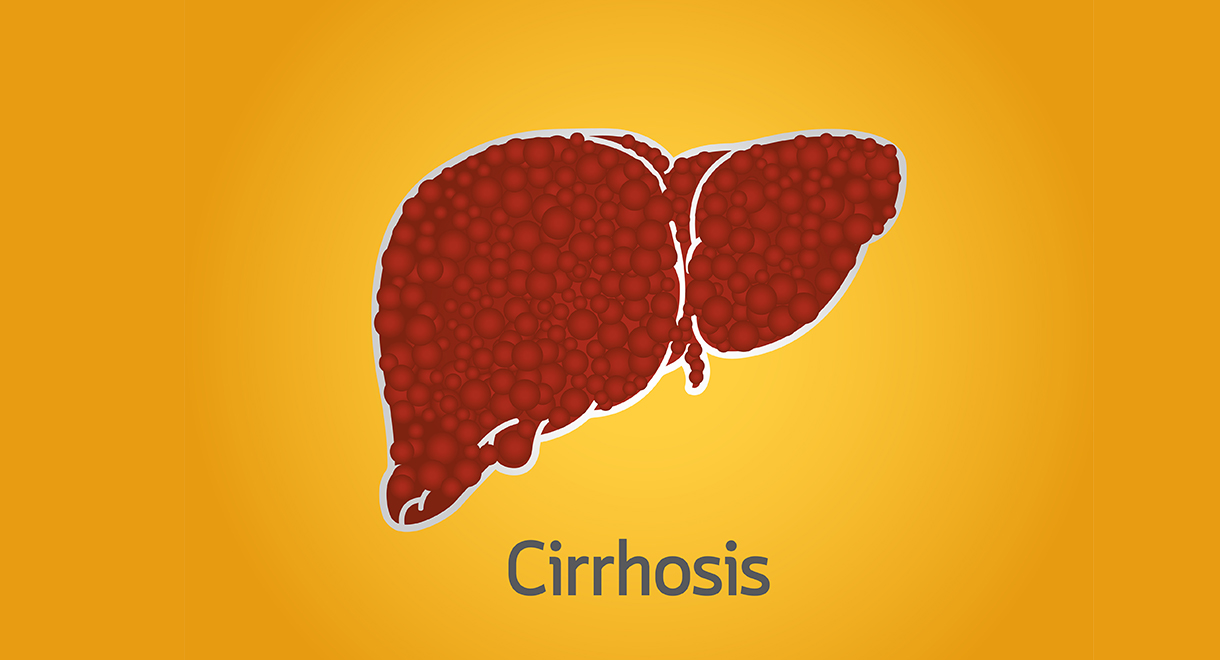

Cirrhosis – How Can We Help It?
The term cirrhosis means scarring of the liver and it can vary from mild to severe. The liver is a unique organ in that it can repair itself and renew new healthy liver cells, if you give it the right tools!
The key is to detect cirrhosis before it becomes severe because although we can manage end stage cirrhosis we cannot reverse it. This is why it is important to check your liver function with a blood test annually. It is possible to achieve considerable repair of a cirrhotic liver that has not yet evolved into end-stage cirrhosis and a good quality of life can be achieved.
Cirrhosis of the liver is the fourth most common cause of death among people aged between 30 and 50. In the last decade, fatty liver disease has overtaken chronic viral hepatitis (caused by the hepatitis B and C viruses) and alcohol as the leading cause of cirrhosis. Now that we have the new anti-viral drugs to cure hepatitis C infection, cirrhosis due to this virus will not be such a common outcome.
What can cause cirrhosis?
- Fatty Liver
- Infection with hepatitis viruses
- Alcohol excess
- Autoimmune liver disease
- Iron overload caused by genetic disorder of Hemochromatosis
- Copper overload caused by the genetic disorder of Wilson's Disease
- Adverse drug reactions – this can be caused by some immuno-suppressant drugs, statins, or excess doses of acetaminophen etc
- Genetic disorders such as Alpha-1-Anti-Trypsin Deficiency
If your liver function tests are abnormal, ask your doctor to check for all these problems.
A cirrhotic liver is hardened and distorted in shape by scar tissue, which reduces its blood supply. There is not enough healthy liver tissue remaining to perform the metabolic and detoxification processes that the liver must perform to keep the body healthy.
Signs of advanced cirrhosis may include:
- Altered liver size and liver shape and hardening of the liver
- Spider nevi – spider shaped tiny blood vessels (capillaries) on the skin
- Excessive bruising (caused by low platelets and low blood clotting factors)
- Vomiting of blood from varicose veins in the esophagus (these are called esophageal varices)
- Jaundice (yellow discoloration of skin and eyes)
- Enlarged spleen
- Clubbing of the ends of the fingers and thickening of the tendons in palms of hands
- Ascites (extreme build-up of fluid in the abdominal cavity, which needs to be drained off regularly)
- Swelling of the legs with fluid (edema)
- A flapping tremor of the hands
- Mental confusion and drowsiness due to build-up of toxic ammonia in the blood
Help for cirrhosis
Diet
- Protein Intake – the cirrhotic liver cannot handle large amounts of concentrated protein at one time, and for this reason it is important to minimize the consumption of animal protein. Excess animal protein will cause blood ammonia levels to rise causing sleepiness and mental confusion. Suitable protein sources are legumes (beans, peas and lentils), grains, cereals, seeds, sprouts and nuts.
- Avoid constipation by consuming plenty of raw fruits and vegetables, and grind fresh seeds and nuts (flaxseed, pumpkin seeds, sunflower seeds, almonds etc), to increase intestinal fiber. Fibertone powder is excellent to increase necessary fiber bulk in the bowel. This increased fiber will speed the passage of toxins out of the bowels and reduce the ability of these toxins to re-circulate back to the liver. The laxative Colon Cleanse capsules can produce a speedy bowel action to reduce ammonia levels. Lactulose is also a good laxative to draw fluid into the bowel to ease constipation. Constipation leads to high amounts of bacteria in the bowel and this causes excessive fermentation of the bowel contents, which will increase absorption of toxic ammonia from the bowel into the bloodstream. Enemas and colonic irrigations can also help if there is severe constipation and auto-intoxication from the bowel.
Eighty to seventy percent (80-70%) of your diet should consist of raw and cooked vegetables and fruits. Salad dressings can be made with organic apple cider vinegar and cold pressed olive oil. It is very beneficial to drink one or two glasses of raw vegetable juices daily.
Eat cruciferous vegetables including broccoli, cauliflower, Brussels sprouts, kale, cabbage, bok choy and watercress, as well as garlic and onions to help the detoxification ability of the liver. Eat avocados regularly, as they are very high in vitamin E, which can reduce liver scarring.
N-Acetyl-Cysteine (NAC) supplements help to reduce ammonia levels in the body as well as repair damaged liver cells. Take 2 capsules of NAC twice daily. Each capsule contains 600mg of NAC.
Livatone Plus capsules contain 420mg of pure silimarin derived from milk thistle per daily dose. This is the dose that has been shown to be effective at repairing liver cells in clinical trials. In Livatone Plus, milk thistle is combined with all the B group vitamins, in an activated form, and the important antioxidants Vitamin C, Vitamin E and Selenium. Livatone Plus also contains the amino acid taurine which plays an important role in healthy liver and gallbladder function. It enables your liver to manufacture healthy bile, which is one way your body excretes toxins. Livatone Plus also contains NAC, but you will need extra NAC if you have moderate to severe cirrhosis.
Make sure you see your doctor every 3 to 4 months to check that your liver function is improving. An annual fibroscan test will also be required to measure the amount of stiff scar tissue in the liver.
The above statements have not been evaluated by the FDA and are not intended to diagnose, treat or cure any disease.
Know someone who might benefit from this article? Share it!
Need Help?
1-888-75-LIVER
Monday to Friday, 9:00 am to 5:00 pm MST
100%
Satisfaction Guaranteed
If it’s faulty or wrongly described, we’ll replace it.










